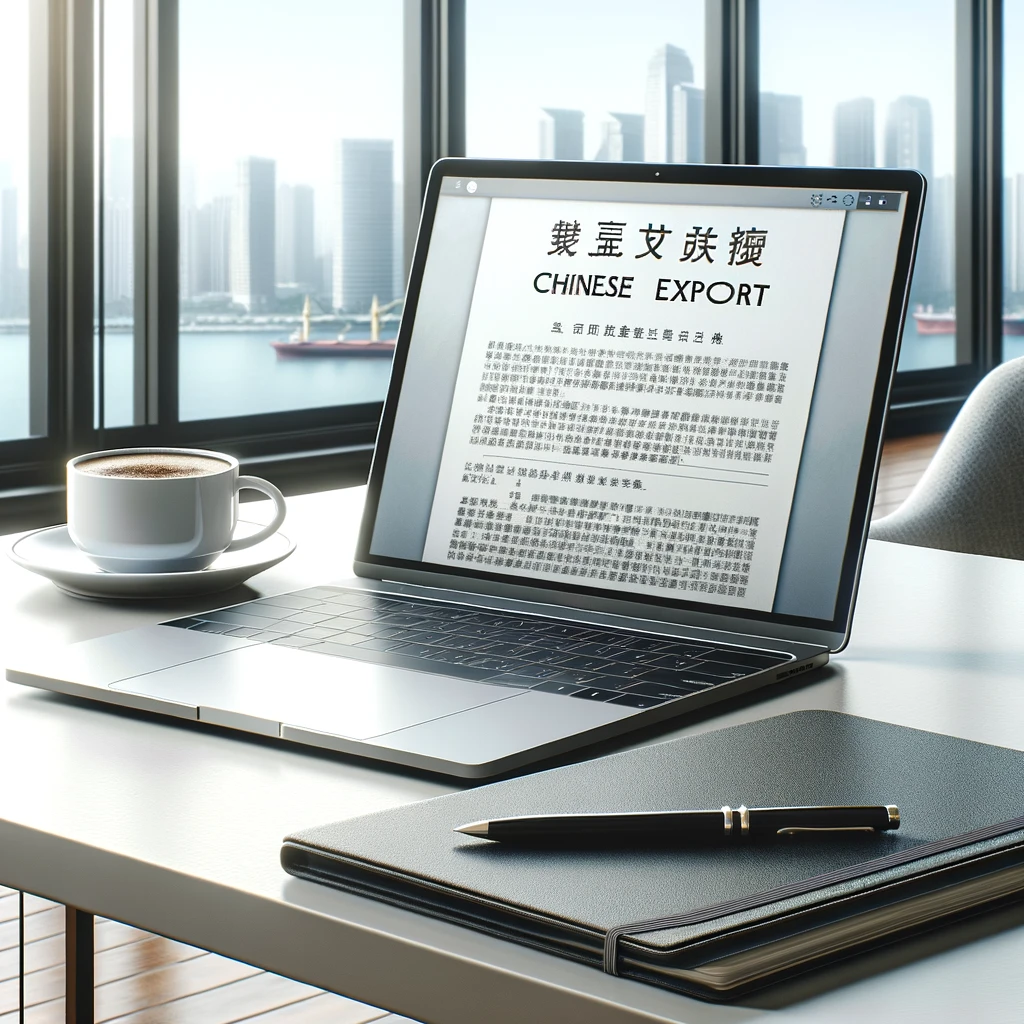Navigating The Chinese Market: The Struggles Of BMW, Porsche, And Other Auto Brands

Table of Contents
Intense Domestic Competition
The rise of powerful domestic brands like Geely, Great Wall Motors, and BYD poses a formidable challenge to established luxury players like BMW and Porsche. These Chinese automakers are not just producing cars; they're crafting a compelling narrative of national pride and technological advancement. This presents a three-pronged threat:
- Aggressive Pricing: Domestic brands frequently employ aggressive pricing strategies, undercutting the prices of imported luxury vehicles and making them more accessible to a wider range of Chinese consumers. This competitive pricing significantly impacts the profit margins of established luxury brands.
- Technological Innovation: Chinese automakers are rapidly innovating, particularly in the electric vehicle (EV) sector. They are integrating cutting-edge technology, including advanced driver-assistance systems (ADAS) and sophisticated infotainment features, often exceeding those offered by some international competitors.
- Growing Brand Loyalty: A significant shift is occurring in consumer preferences, particularly among younger generations. There’s a growing sense of national pride and support for domestic brands, leading to increased brand loyalty and a preference for Chinese-made vehicles over imports. This shift requires luxury brands to re-evaluate their marketing and branding strategies.
Understanding Unique Consumer Preferences
The Chinese consumer is not a monolithic entity. Their preferences are diverse, evolving rapidly, and deeply influenced by cultural nuances. Understanding these nuances is crucial for developing effective marketing and product strategies. Key aspects include:
- Technological Sophistication: Chinese consumers, especially the younger demographic, place a high value on technological features and seamless connectivity. Vehicles equipped with advanced technologies, including smart connectivity, AI features, and advanced driver-assistance systems, are highly sought after.
- Preference for Larger Vehicles: A preference for larger vehicles, especially SUVs, is prevalent in the Chinese market, reflecting a cultural emphasis on family and status. Luxury brands must adapt their product offerings to cater to this demand.
- Social Status and Brand Image: Brand image and the social status associated with a particular vehicle play a significant role in purchasing decisions. Luxury brands need to effectively communicate their brand story and its alignment with the aspirational values of the Chinese consumer.
- Cultural Sensitivity in Marketing: Marketing campaigns must be carefully crafted to resonate with the cultural values and sensitivities of the Chinese market. This requires a deep understanding of local customs and preferences to avoid any misinterpretations or cultural faux pas.
Navigating Regulatory Hurdles and Government Policies
The Chinese automotive market is heavily regulated, presenting significant challenges for international brands. Navigating this complex regulatory landscape is crucial for success. Key hurdles include:
- High Import Tariffs: High import tariffs substantially increase the cost of imported vehicles, impacting profitability and competitiveness.
- Stringent Emission Standards: China has implemented stringent emission standards, requiring significant investments in research and development to ensure compliance. Failure to comply results in substantial penalties.
- Localization Requirements: The government encourages localization, pushing for local manufacturing and the sourcing of components within China. This necessitates the establishment of local manufacturing facilities and partnerships with local suppliers.
Building Strong Local Partnerships
To overcome these regulatory hurdles and effectively penetrate the market, building strong local partnerships is paramount. This involves:
- Joint Ventures: Entering into joint ventures with established Chinese automotive companies can provide access to local expertise, distribution networks, and regulatory knowledge.
- Strategic Alliances: Strategic alliances with local suppliers can ensure efficient supply chain management and cost-effective sourcing of components.
Adapting Marketing and Sales Strategies
Effective marketing and sales strategies in China require a digitally driven, omnichannel approach. This includes:
- Digital Marketing Dominance: Leveraging social media platforms like WeChat, Weibo, and Douyin (TikTok) is essential for engaging with Chinese consumers.
- E-commerce Integration: Developing strong online sales channels and collaborating with major e-commerce platforms is crucial for reaching a broad audience.
- Personalized Customer Experiences: Providing personalized customer experiences tailored to the specific needs and preferences of Chinese consumers is key to building loyalty and brand advocacy.
Conclusion
The Chinese automotive market presents substantial opportunities for luxury car brands, but realizing this potential demands a nuanced and adaptive approach. Intense domestic competition, unique consumer preferences, and a complex regulatory landscape all require careful strategic planning. By adapting their strategies to address these challenges—through localization, strong local partnerships, and effective marketing tailored to the Chinese consumer—luxury brands can thrive in this dynamic market. Understanding how to effectively navigate the Chinese market is essential for sustained success in the global automotive industry. To learn more about successfully navigating the Chinese market for your automotive brand, research best practices in localization and strategic partnerships within the Chinese market.

Featured Posts
-
 Eladnad A Regi Nokia Telefonodat Ismerd Meg A Valodi Erteket
May 29, 2025
Eladnad A Regi Nokia Telefonodat Ismerd Meg A Valodi Erteket
May 29, 2025 -
 Starbase Texas Space Xs Official City Designation
May 29, 2025
Starbase Texas Space Xs Official City Designation
May 29, 2025 -
 Snowball From Ski Lift Parisian Risks Jail Sentence
May 29, 2025
Snowball From Ski Lift Parisian Risks Jail Sentence
May 29, 2025 -
 Ipa O Mask I Kyvernisi Tramp Kai To Nomosxedio
May 29, 2025
Ipa O Mask I Kyvernisi Tramp Kai To Nomosxedio
May 29, 2025 -
 New Alfred Hitchcock Musical A World Premiere In Bath
May 29, 2025
New Alfred Hitchcock Musical A World Premiere In Bath
May 29, 2025
